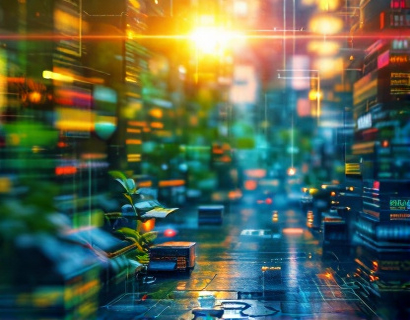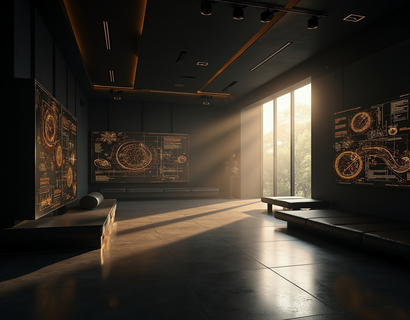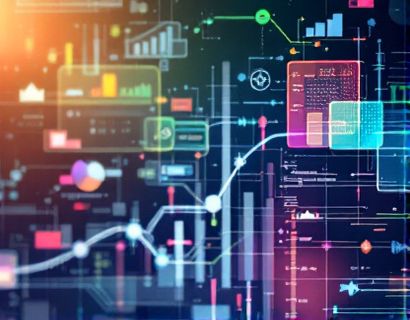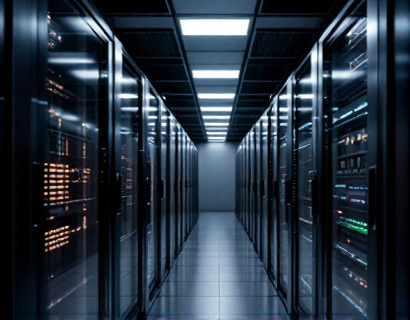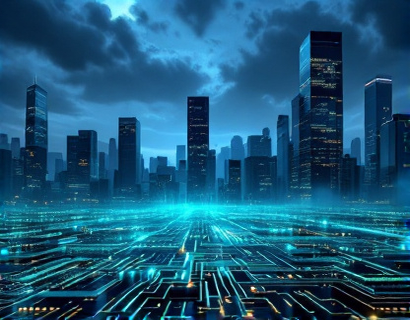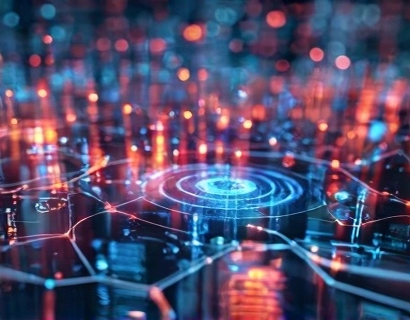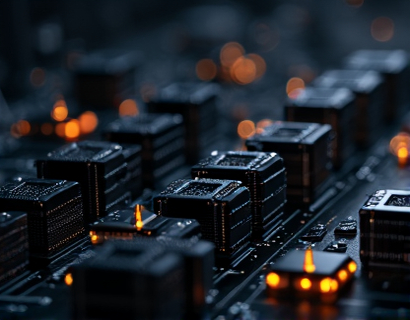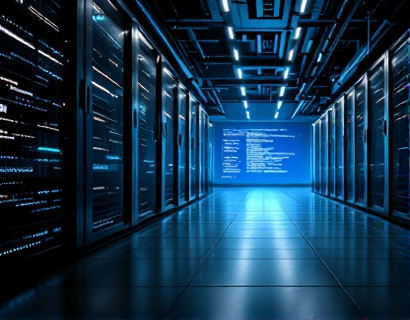Optimizing Indoor Plant Growth: Cutting-Edge Tech for Solariums
In recent years, the art of indoor gardening has evolved significantly thanks to advancements in technology. For those with a passion for cultivating plants indoors, especially in solariums or controlled environment agriculture settings, the integration of cutting-edge technology can transform a simple hobby into a highly efficient and sustainable practice. This article delves into the innovative solutions that optimize light, climate, and automation, creating a thriving ecosystem tailored to your unique needs.
Understanding the Basics of Indoor Plant Growth
Before exploring the technological advancements, it's essential to understand the fundamental requirements for optimal indoor plant growth. Plants need light, water, nutrients, and appropriate environmental conditions to thrive. In a solarium, controlling these factors is crucial due to the lack of natural sunlight and the enclosed space. Light is particularly vital as it drives photosynthesis, the process by which plants convert light energy into chemical energy.
Advanced Lighting Solutions
One of the most significant technological advancements in indoor gardening is the development of high-efficiency lighting systems. Traditional incandescent bulbs are being replaced by LED (Light Emitting Diode) lights, which offer several advantages. LEDs consume less energy, produce less heat, and have a longer lifespan compared to conventional lighting. More importantly, LED lights can be tailored to emit specific wavelengths of light that are most beneficial for different stages of plant growth.
For instance, blue light (around 450 nm) is ideal for vegetative growth, promoting leaf development and stem strength. Red light (around 660 nm) is crucial for flowering and fruiting stages, enhancing bloom size and yield. Some advanced systems even incorporate full-spectrum lights that mimic natural sunlight, providing a balanced light spectrum for all growth stages. These lights can be controlled via smart systems, adjusting intensity and duration based on the plant's needs and the time of day.
Climate Control Systems
Maintaining optimal environmental conditions is another critical aspect of indoor plant growth. Temperature, humidity, and air circulation all play significant roles in plant health and development. Advanced climate control systems use sensors and automated controls to monitor and adjust these factors in real-time.
Temperature control is essential as most plants prefer a specific range, typically between 68°F and 80°F (20°C to 27°C) during the day and slightly cooler at night. Humidity control is equally important, as too much or too little moisture can lead to issues like mold growth or leaf burn. Automated misting systems and dehumidifiers can maintain the ideal humidity levels, usually between 40% and 70% for most indoor plants.
Air circulation is vital for preventing disease and ensuring even light distribution. Fans and ventilation systems can be programmed to create a gentle breeze, mimicking natural air movement. This not only helps in temperature regulation but also promotes stronger plant growth by strengthening stems and leaves.
Automation and Smart Gardening
The integration of automation technology takes indoor gardening to a whole new level. Smart gardening systems use IoT (Internet of Things) devices to create a seamless and efficient growing environment. These systems can control lighting, climate, and even nutrient delivery based on pre-set parameters or real-time data.
For example, a smart irrigation system can monitor soil moisture levels and automatically water the plants when needed, preventing overwatering or underwatering. Nutrient delivery systems can be programmed to release specific amounts of fertilizers at optimal times, ensuring plants receive the necessary nutrients for healthy growth. Some advanced systems even use AI to analyze plant health and adjust conditions accordingly, providing a personalized growing experience.
Hydroponic and Aeroponic Systems
Beyond lighting and climate control, the choice of growing medium can significantly impact plant health and yield. Hydroponic and aeroponic systems are gaining popularity in indoor gardening due to their efficiency and ability to provide precise nutrient delivery.
Hydroponic systems involve growing plants in a nutrient-rich water solution rather than soil. This method allows for better control over nutrient levels and can lead to faster growth and higher yields. Aeroponic systems take this a step further by misting the roots with a nutrient solution, providing even more direct access to nutrients and oxygen. Both methods require less water and space compared to traditional soil-based gardening, making them ideal for indoor settings.
Customized Setups for Optimal Growth
Every indoor garden is unique, with different plants having specific requirements. To achieve optimal growth, it's essential to design a customized setup that addresses the specific needs of your plants. This involves selecting the right combination of lighting, climate control, and growing systems.
For instance, a solarium dedicated to growing leafy greens might prioritize high-intensity LED lights in the blue spectrum and a hydroponic system with precise nutrient control. In contrast, a space for flowering plants would benefit from a balance of red and blue light and an aeroponic system for enhanced nutrient delivery. By tailoring the setup to the specific plants, gardeners can maximize growth and productivity.
Sustainability and Energy Efficiency
Sustainability is a key consideration in modern indoor gardening. Energy-efficient technologies not only reduce operational costs but also minimize the environmental impact. LED lights, for example, consume significantly less energy than traditional grow lights and have a longer lifespan, reducing the need for frequent replacements. Additionally, advanced climate control systems can optimize energy usage by only activating when necessary and using energy-efficient components.
Another sustainable practice is the use of renewable energy sources, such as solar panels, to power the indoor garden. This not only reduces reliance on grid electricity but also aligns with the eco-friendly ethos of many gardening enthusiasts. Some systems even incorporate energy recovery mechanisms, such as heat exchangers, to reuse waste heat from lighting and other equipment.
Monitoring and Data Analysis
Modern smart gardening systems go beyond basic automation by providing comprehensive monitoring and data analysis. Sensors throughout the solarium can track various parameters, including light intensity, temperature, humidity, CO2 levels, and soil moisture. This data is often collected and analyzed using cloud-based platforms, offering insights into plant health and growth patterns.
Gardeners can receive alerts and recommendations based on the data, allowing for proactive adjustments to the growing conditions. For example, if the system detects a sudden drop in humidity, it can automatically activate the misting system. Over time, this data can help optimize the setup, leading to better plant health and higher yields.
Challenges and Considerations
While the benefits of integrating cutting-edge technology in indoor gardening are numerous, there are also challenges to consider. Initial setup costs can be high, especially for comprehensive systems that include advanced lighting, climate control, and automation. However, the long-term benefits in terms of increased yield, reduced resource consumption, and improved plant health often justify the investment.
Another consideration is the learning curve associated with using smart systems. Gardeners may need to familiarize themselves with new technologies and interfaces. However, many manufacturers offer user-friendly solutions and support to help users get started.
Future Trends in Indoor Gardening Technology
The field of indoor gardening technology is rapidly evolving, with several promising trends on the horizon. One such trend is the integration of artificial intelligence and machine learning to create even more intelligent and adaptive growing environments. AI can analyze vast amounts of data to predict plant needs and optimize conditions in real-time, further enhancing growth and efficiency.
Another exciting development is the use of vertical farming techniques, which maximize space utilization by growing plants in stacked layers. This approach is particularly beneficial for urban areas where space is limited. Combining vertical farming with advanced lighting and climate control systems can lead to highly productive indoor gardens.
Additionally, the development of biotechnology, such as genetically modified plants designed for indoor growth, could revolutionize the field. These plants may require less light, water, and nutrients, making them more suitable for controlled environments.
Conclusion
Optimizing indoor plant growth through cutting-edge technology transforms solariums into high-tech garden oases. By leveraging advanced lighting, climate control, automation, and growing systems, gardeners can create ideal conditions for a wide range of plants. These technologies not only enhance growth and sustainability but also provide a more enjoyable and rewarding gardening experience. As the field continues to evolve, the possibilities for indoor gardening are endless, offering a bright future for both hobbyists and commercial growers alike.




